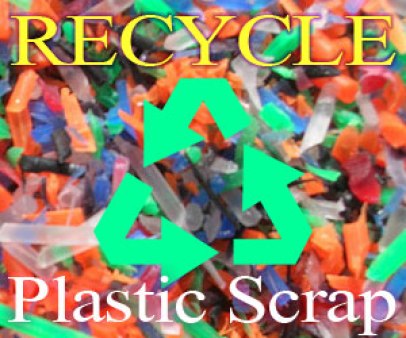via ThomasNet.com
According to a report in New Atlas, the masks are being utilized in a material called recycled concrete aggregate – or RCA – that’s mostly made up of processed building rubble. In this case, the “recipe” is being tweaked and 1% of the traditional RCA is being replaced with the non-woven layers of plastic found in shredded masks.
The scientists are not only able to find a use for the discarded masks that doesn’t involve a landfill or an incinerator, but they also provide a benefit: the end product, which still meets civil engineering standards for road base layers, has improved flexibility over previous formulas. And while a road that’s one percent mask doesn’t sound like it’s making a dent, think of it this way: the scientists say that if their material were used to build a two-way roadway that’s just one kilometer in length, it would divert about 3 million masks from the landfills.
Read the full story here: https://bit.ly/3qdLzIT




You must be logged in to post a comment.